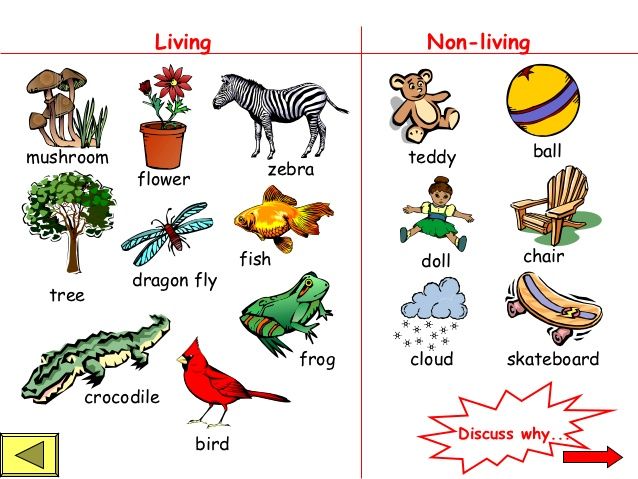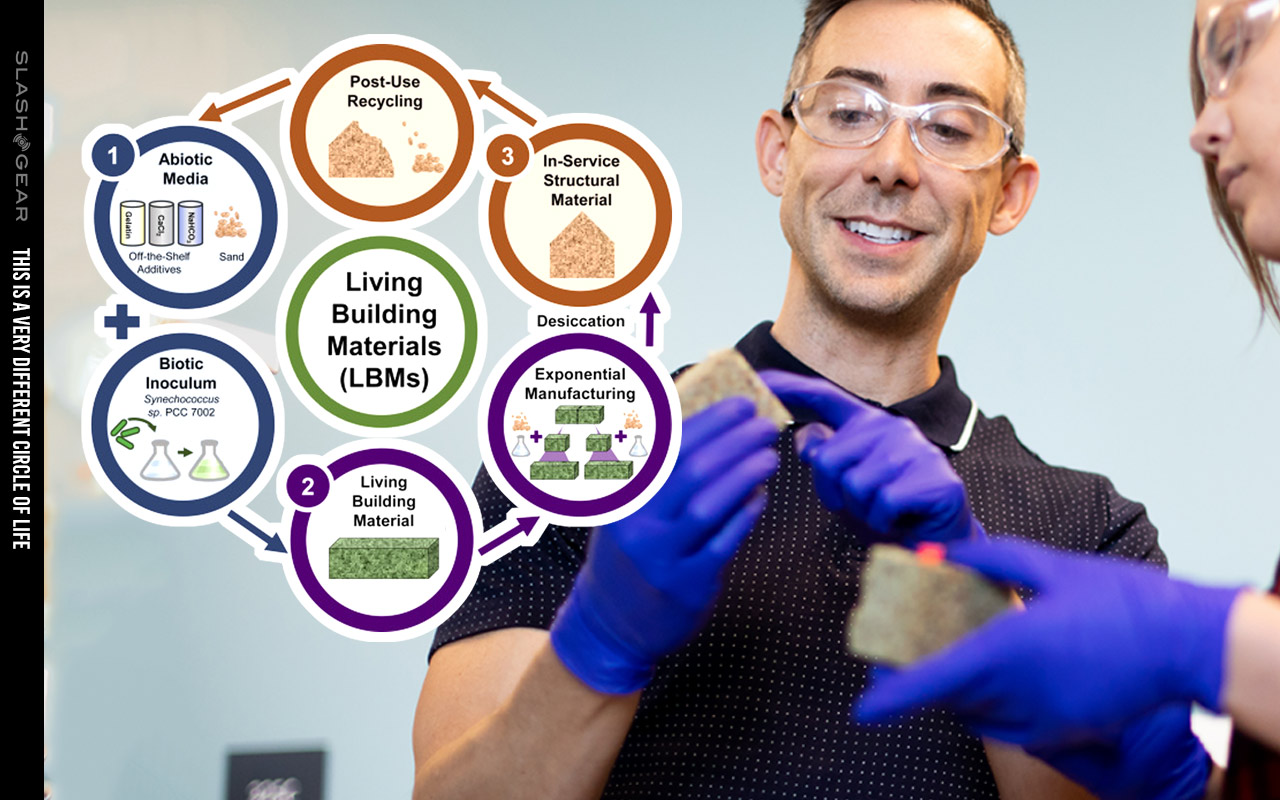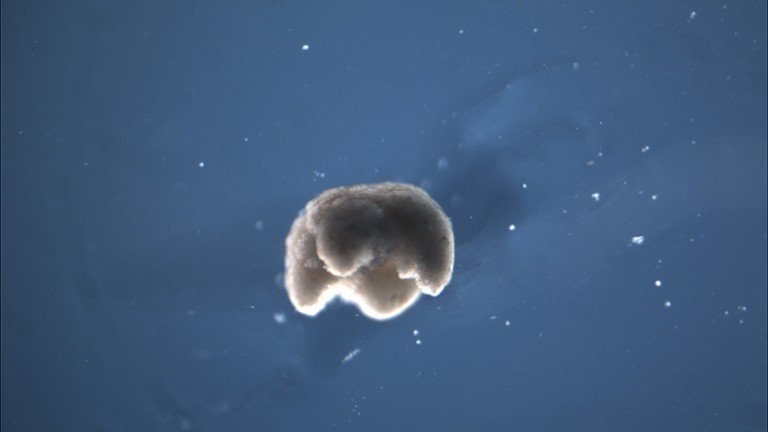It’s built into the language that we use, we build with non-living materials and we grow living things. Those time-honoured definitions are starting to get a little blurry however as scientists and engineers develop ever more complicated and sophisticated machines that behave almost like living things. Meanwhile there are biologists and biochemists who are working to develop techniques by which we can build things with living tissue. In this post I’m going to talk about two projects that are making considerable progress in the latter category.

The first group, working at the University of Colorado Boulder’s Department of Civil, Environmental and Architectural Engineering, has literally discovered a method to construct a living brick, as in a brick for building your house. The bricks are manufactured by incorporating the bacteria Synechococcus cyanobacteria into a solution of sand, gelatin and a bit of water. As the bacteria metabolize the gelatin, absorbing CO2 from that air in the process, it becomes the mineral calcium carbonate, a cement that holds the sand together as in concrete.

These ‘living bricks’ have several advantages over the bricks that humans have made for thousands of years. As I’ve already mentioned the bacteria absorb CO2 from the air in order to convert the gelatin into cement, and in today’s world getting rid of some CO2 is definitely a good thing.

However the main advantages of the living brick are twofold. First of all instead of manufacturing the bricks one at a time since they use a bacteria to bind them together you can actually grow them. So long as you have a starter brick you can produce as many bricks as you need just by adding sand and gelatin, almost like having a starter yeast in bread making. The second advantage is that when damaged, say a crack forms in the brick for some reason; the living bricks can actually repair themselves to a degree, just like a cut on your arm healing.
There are still several problems remain to be overcome, for one the gelatin is made from animal collagen and is fairly expensive in large quantities. Nevertheless it is hoped that the living brick could soon be useful in construction projects in remote locations, like perhaps Mars!
The second development project is even more ambitious, attempting to create a ‘living robot’ from stem cells, those cells in the body that have yet to be turned into muscle cells or stomach cells or brain cells. The team of scientists from the University of Vermont, Tufts University in Maine and Harvard University used the stem cells in frogs to fabricate a small living creature made up of several hundred cells living cells. The actual species of frog whose stem cells were used was the African clawed frog, Xenopus laevis and the tiny machines made from their stem cells are called xenobots. The xenobot’s outside was made of skin cells to give it shape while inside were heart muscle cells to enable it to move.


But something that simply moves isn’t a robot, robots are specifically designed to execute instructions, to perform a task and the researchers have actually succeeded in ‘evolving’ their creatures to carry out simple commands. They did this by employing a computer algorithm that ‘reproduced’ inside the algorithm those xenobots that came closer to behaving in a desired manner while eliminating from the program those that did not.

After several generations the researchers had developed an entirely new form of living creature that would carry out simple tasks. The researchers hope that in time xenobots could be used to help remove toxic or even radioactive material from spills, collecting microplastic particles and perhaps even removing plaque from inside our arteries or delivering drugs to areas inside the bodies.

There’s a lot of work still to be done but xenobots are something entirely new, neither machine nor living creature they are a new kind of tool for us to use. Who knows what kind of jobs they’ll enable us to do one day?
